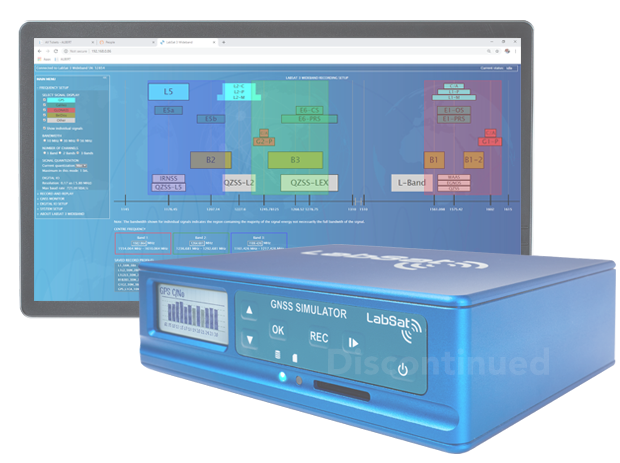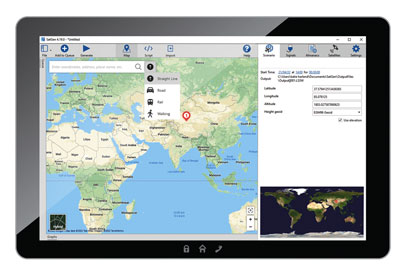PERFORMANCE MEETS SIMPLICITY
LabSat 3 Wideband
LabSat 3 Wideband
LabSat 3 Wideband is no longer in production. We recommend upgrading to LabSat 4 – the latest generation, designed to support your testing needs today and into the future.
If you already have a LabSat 3 Wideband scenario library, you can continue to use it with confidence: LabSat 4 supports replay of both .LS3W files and its native .LS4 format.
Features

Multi-Constellation & Multi-frequency
Record & Replay all GNSS signals in the Upper and Lower L-Band, including SBAS and Commercial differential services.

Expand Testing with SatGen Software
Add simulation to your LabSat with SatGen - create bespoke, high-dynamic scenarios at the time, date, and location of your choosing.

Easy Configuration
Intuitive web interface for easy configuration of GNSS signal and external data recording.
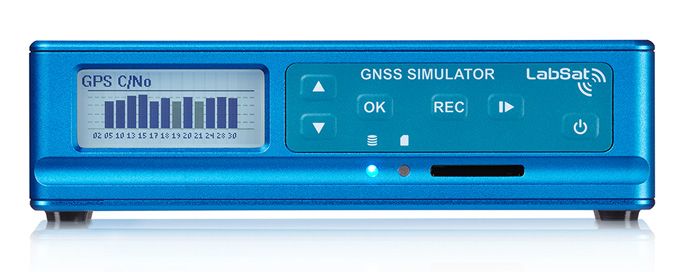

API Available
Use API and Ethernet connectivity to automate test programmes, deliver global testing from a centralised point, and seamlessly integrate with wider test set-ups.

Additional Signals
Record a range of additional signals synchronised to the GNSS input, such as dual-CAN, RS232, and digital signals.

Conducted or Radiated Testing
Test a device with an internal antenna via radiated testing or a device with an external RF connection using conducted testing.
Record & Replay Options
To suit a range of testing needs, LabSat 3 Wideband is available in two models – Record & Replay or Replay Only.
Why use LabSat?
Realistic, Reliable & Repeatable Testing
Reliable
The use of LabSat Record & Replay is a great way to understand, test and validate the real-world operation of GNSS devices without the need for costly, repetitive live-sky field-testing. It is a reliable solution for product development, performance testing and benchmarking, and production line testing.

Repeatable
Real-world, live-sky GNSS signals can be recorded once on location and then replayed over and over for accurate, consistent testing indoors. The recording can capture a scenario to test a specific product feature, or represent the wider use of a how and where a product will be used.

Realistic
Recording captures representative scenarios including challenging conditions such as low signal strength, multipath effects and common signal artefacts in a live sky environment. This enables testing and optimization of PNT devices for resilience and reliability in live sky conditions, eliminating the need for physical replication.

Ease of Use Anywhere
Ease of Use
Using a LabSat requires no special training. It has been designed for ease of use with simple navigation on the unit and an intuitive web interface for test configurations.

Compact Size
LabSat simulators are small, portable and battery powered, making them ideal for live-sky recording in any conditions. Its small size allows LabSat to fit into the most compact of spaces for recording on the move, and if being used as part of a wider test set-up, it fits easily into any standard rack mount.

Plug and Play
LabSat 3 Wideband is supplied with a selection of sample scenario recordings so that testing can start straight out of the box.
The one touch Record & Replay user interface means recording starts and stops with the press of a button. View the Quick Start User Guide to see how easy it is to get started with a LabSat.
Cost-effective
Budget-friendly
Using recorded GNSS data for testing reduces the need for repetitive field-testing and saves both time and costs. LabSat was born out of a need for an easy to use and cost-effective GNSS simulator and over 25 years later, it maintains not only its ease of use, but also its highly competitive pricing.

Free Lifetime Support
All LabSat owners benefit from exceptional customer support that is provided free of charge with no support contracts. All future firmware and software updates are also provided for free so that owners continue to have access to all the latest features and upgrades.

Shared Working
LabSat is ideal for modern working including multi-location, global offices and remote working. When recording, LabSat is robust enough to be moved between test locations and, for replay, can simply be passed between engineers or test benches. Additionally, it is easy to share recorded scenarios for replay on another LabSat.
GNSS Testing for all Industry Applications

AEROSPACE & DRONE GNSS TESTING – With Direct Flights Departing from Your Desk
Create custom scenario trajectories to test take-off, flight path and landing.
Create high-dynamic scenarios for drone, aircraft and UAV testing.
Record & Replay signals from all constellations, including restricted signals with encrypted coding, making LabSat ideal for military level applications.

AUTOMOTIVE & AV GNSS TESTING – Driving Accuracy at Every Turn
Record and synchronise CAN bus and RTK drive data for automotive, autonomous and fleet testing.
For V2X systems, braking and signalling information can be recorded and replayed alongside GNSS signals.
Use SatGen to generate a GNSS scenario of a route for repeatable testing of a vehicle or ADAS system in any location.

SPACE – GNSS Testing for when the sky is not your limit
Create custom scenarios with trajectories to test launch, in-orbit and re-entry manoeuvres.
Follow the True Horizon with a dynamically changing elevation mask.
SatGen, is not limited to the standard GNSS receiver restrictions of 1000 knots and/or 18,000 m, making it an ideal to test ‘space qualified’ receivers.

AGRICULTURE – Precision GNSS testing for any field of smart agriculture
Develop autonomous vehicles and machinery with repeatable testing.
Synchronise the recording of additional data, including CAN bus signals and RTK base station corrections, utilised in autonomous and precision agriculture vehicles.
Create bespoke scenarios to test performance and features such as geofencing and drone flight paths.

IOT – Precision GNSS testing for the connected world
LabSat 3 Wideband offers an easy to use plug and play solution for both development and production line testing and straight forward integration into wider test set-ups.
Use in combination with SatGen Simulation Software to complete realistic test programmes with the upmost flexibility.
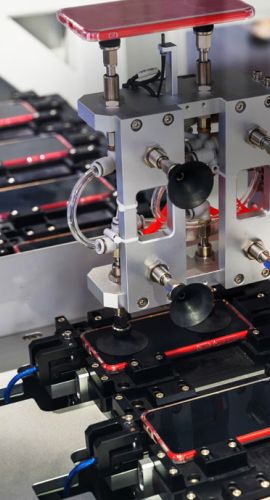
EOL – Cost effective and reliable production line and EOL testing
LabSat is a plug and play standalone solution and is easily integrated into custom test set-ups.
API and Ethernet connectivity allows for automated test programmes that deliver global testing from a centralised point.
Features in detail

Wideband
LabSat 3 Wideband offers three bandwidth settings of 56 MHz, 30 MHz, and 10 MHz per channel. This versatility allows it to capture almost any combination of GNSS signals simultaneously, whilst ensuring the efficient use of recording resources.
GNSS signal bandwidths ranges from a few kHz to several MHz and depends on various factors, such as the signal modulation scheme used. A GPS L1 C/A code signal, for example, has a bandwidth of 24 MHz. However, due to the signal design, a recording bandwidth of 10 MHz will capture enough data to allow the receiver under test to acquire, track and navigate.
Other signals may have a different structure. For example, Galileo E1 PRS signal has a bandwidth of 46 MHz and a signal design spread across the bandwidth. Therefore, in order to accurately record this signal, a larger bandwidth is required but sits comfortably within the LabSat 3 Wideband’s range.

Easy Configuration
LabSat 3 Wideband has an array of settings for both GNSS signal and external data recording. For simple configuration and device control, LabSat 3 Wideband comes with an internal web server, which can be easily accessed via a standard web browser on your PC.
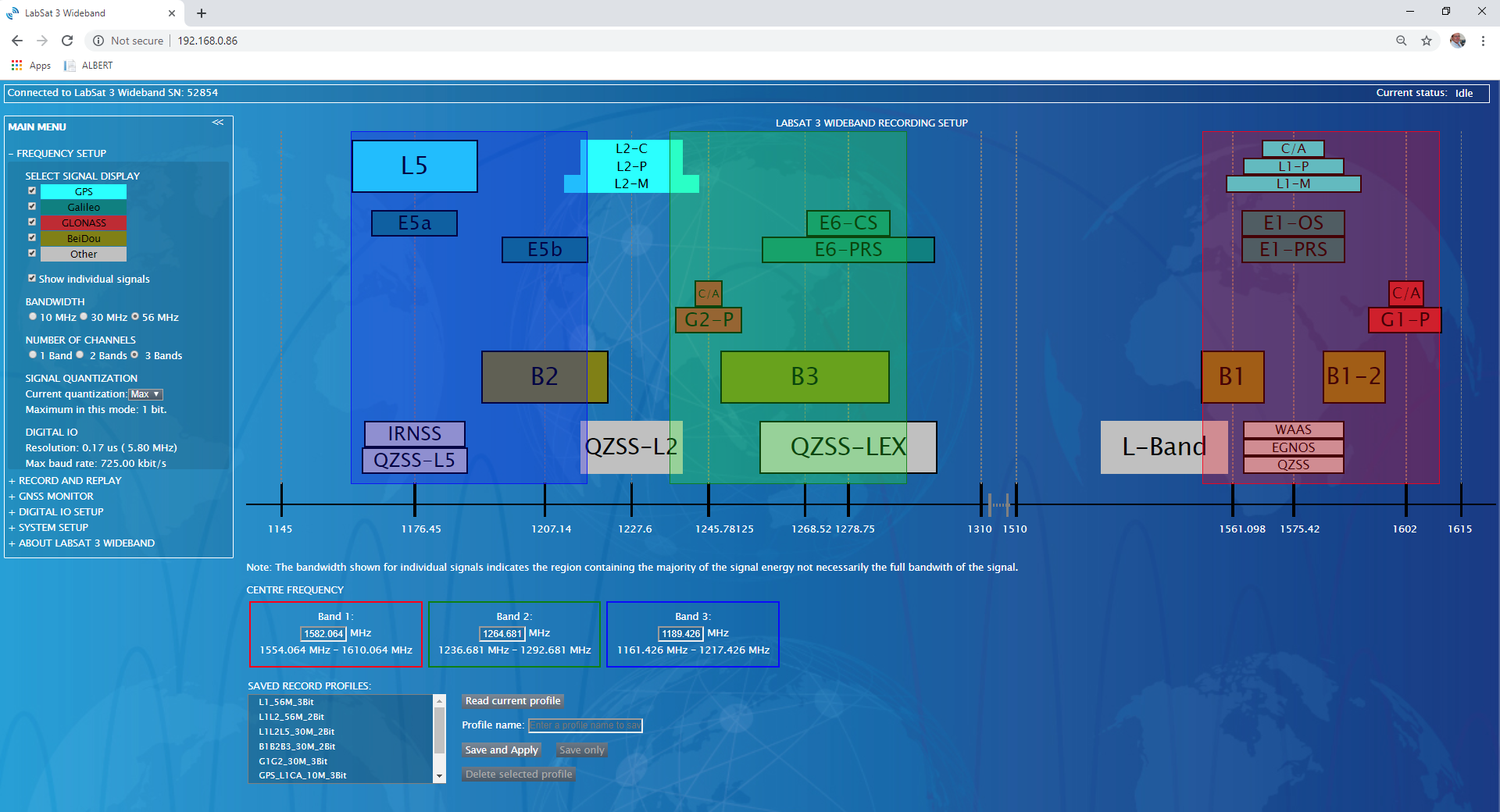

SatGen
SatGen Simulation Software allows you to create a GNSS RF I&Q or IF data file based on a user-generated trajectory that can be replayed on a LabSat GNSS Simulator. This allows you to simulate almost any kind of test at any time, date and location.
Scenarios can feature multi-stop routes and include the crossing of time zones, leap seconds and roll-overs.

Additional Signals
LabSat 3 Wideband can record a range of additional signals, synchronised to the GNSS input, including dual-CAN, RS232, digital inputs and correction signals such as DGNSS and RTK.
Simultaneously capturing additional signals can increase the level of playback realism and allows for a wider range of testing.
NMEA data is also recorded via the inbuilt GNSS receiver.
A Video VBOX can be used in combination with LabSat to record video of the test route. This helps to identify the effect of external conditions on your device, such as why exactly was there a drop-out or multi-path reflection at a particular point in the test, and what caused it.

API available
LabSat’s Application Programming Interface (API) provides control and testing automation that allows test scenarios to be programmed to automatically repeat or play in a set order. This improves efficiency with significant testing programs able to be run continuously, without the need for human supervision.
Additionally, the use of the Ethernet connection allows for centralised control of the API, enabling testing at global production facilities to be controlled remotely from a central office. This combination can significantly increase consistency in testing and reduce the scope for user error.

Multi-Constellation & Multi-Frequency
LabSat 3 Wideband is designed to capture and replay GNSS signals in the upper L-Band (1559 - 1610 MHz) and lower L-Band (1164 – 1300 MHz) at quantisation levels of 1, 2 and 3 bits (3 bits I + 3 bits Q).
LabSat 3 Wideband can Record & Replay the following signals:
GPS: L1 / L2 / L5
GLONASS: L1 / L2 / L3
BeiDou: B1 / B2 / B3
QZSS: L1 / L2 / L5 / L6
Galileo: E1 / E5a / E5b / E6
NavIC: L5 & S-band
SBAS: WAAS, EGNOS, GAGAN, MSAS, SDCM

Conducted or Radiated Testing
If the device under test has an external antenna connection, the LabSat RF output can be connected directly to it for conducted testing.
If the device has an internal antenna and no connection port, either an active GPS antenna or a Passive GPS/GLONASS antenna can be connected to the LabSat RF output, and they will transmit the RF signal over short distances to allow for radiated testing.
Radiated testing will need to be in an RF-screened environment to avoid interference with live signals. This can be done in a fully screened RF room or a portable enclosure, such as the LabSat Test Enclosure. This allows for secure screened testing and is ideal when working with devices that do not have an external antenna connector - such as wearables, smartphones, and sports/fitness trackers.

Record & Replay Options
LabSat 3 Wideband is available in two models – Record & Replay or Replay Only.
The Record & Replay version gives full functionality in one box and is a great choice when starting out with GNSS testing. It can be used to record live-sky signals and build up a bank of recorded scenarios ready for Replay through any LabSat 3 Wideband.
The Replay Only version is ideal for bench testing or production line testing when only the replay of an existing scenario is needed.
Both models are compatible with SatGen Simulation Software, allowing users to generate custom scenarios for replay testing.
Product Specifications
| Constellations | GPS L1, L2, L5; Galileo E1, E5a/b, E6; GLONASS G1, G2, G3; BeiDou B1, B2a/b, B3; QZSS L1, L2, L5, L6; NavIC L1, L5, S-Band; SBAS L1, L5. Further signals in the upper and lower L band as well as the S band can be configured with the HTML Interface. Bespoke requirements like Iridium & Sirius XM radio frequencies are available on request. |
| Nominal Output Signal Level | -93dBm/MHz @ 0dB, variable attenuator provides between +20 dB and –69 dB of adjustment during replay |
| RF Channels | 3 |
| RF Channel Centre Frequencies | Selectable |
| Number of Satellites Observed | All in view |
| Sampling Frequency | 10.23 MHz, 30.69 MHz, 58 MHz |
| Bandwidth | 10 MHz, 30 MHz, 56 MHz |
| Quantisation | 1, 2 or 3 bit (I & Q) |
| Data Format | I & Q |
| Additional Logging | 2x CAN channels, 4x Digital channels, 1x RS232 channel |
| Removable Battery Pack |  |
| Media Storage Included | 1 TB Solid State Drive, 4 GB SD Card (SD card for firmware upgrades only) |
| Active Antenna Voltage Supply | 2.8 V to 4.6 V |
| Reference Oscillator | OCXO, Temperature Stability ± 0.05 ppm, Frequency Stability ± 0.3 ppm over first year TCXO, Temperature Stability ± 0.05 ppm, Frequency Stability ± 1 ppm over first year |
| Operating Voltage | 8 V to 30 V DC |
| Size | 167 mm x 128 mm x 46 mm |
| Weight | 1.2 kg |
Accessories
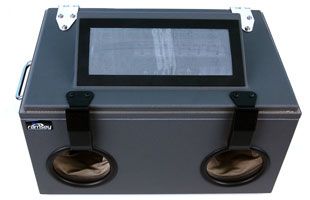
LabSat 3 GNSS Test Enclosure
RF shielded enclosure suitable for testing GNSS devices with internal antenna.
Dipole antenna (RLACS219) included.
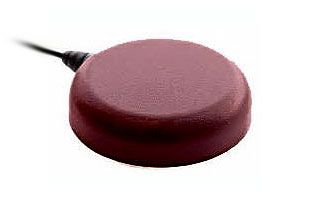
Passive Rebroadcast Antenna
A passive antenna suitable for replaying GPS L1/L2/L5, GLONASS G1/G2/G3, BeiDou B1/B2, Galileo E1/E5a+b & L-band corrections signals.
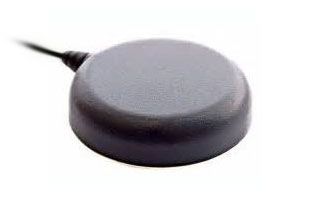
Replacement Active Antenna
An active antenna suitable for recording GPS L1/L2/L5, GLONASS G1/G2/G3, BeiDou B1/B2, Galileo E1/E5a+b & L-band corrections signal.
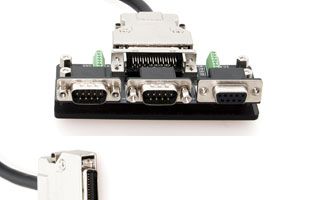
LabSat Locking Expansion Connector
Allows for RS232, CAN, CAN-FD and digital signals to be recorded/ replayed at the same time as GNSS RF data.
Ensures that a secure lock is achieved during recording in challenging environments.

